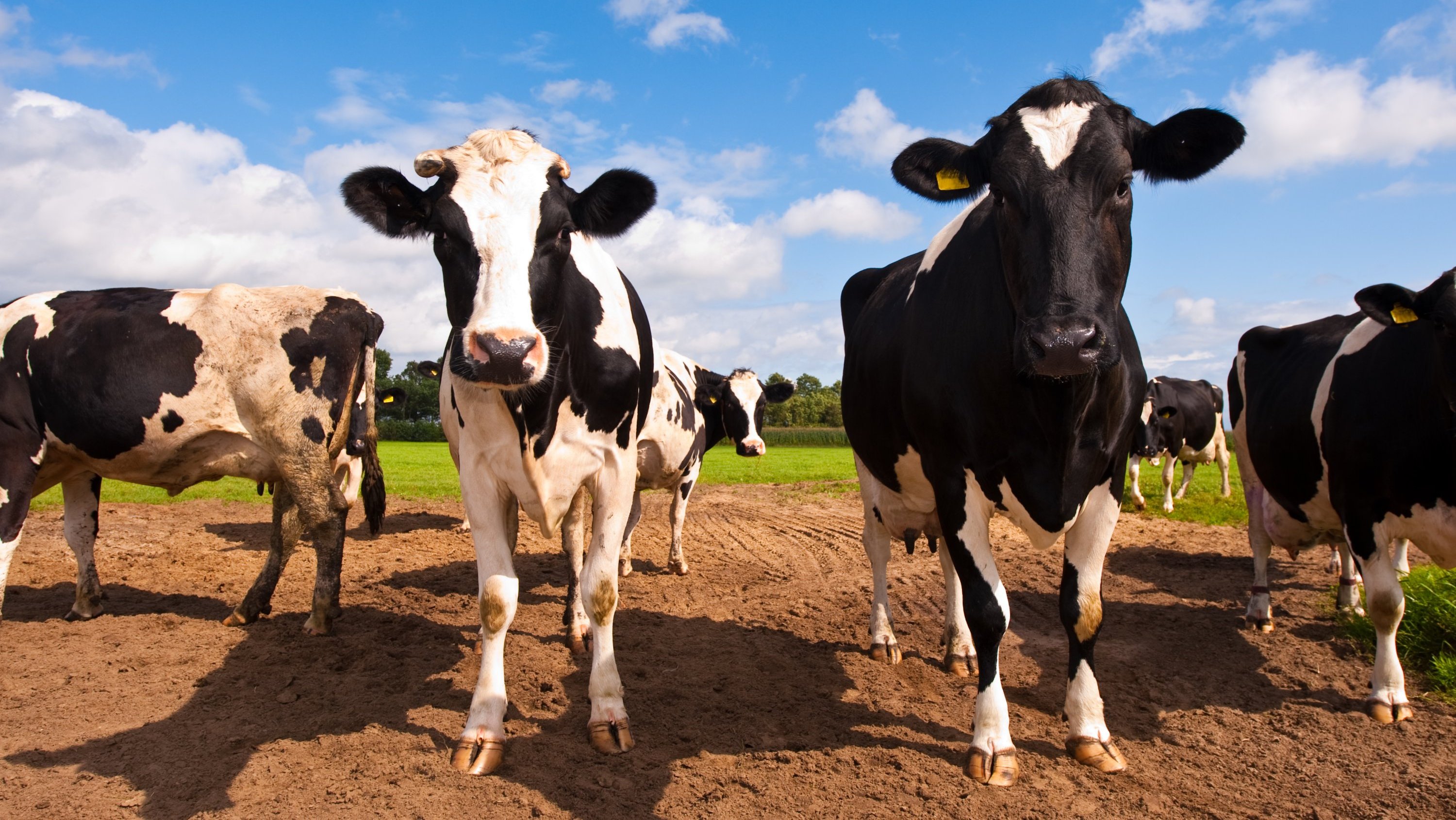A probiotic developed at the University of Alberta is the first of its kind to have widespread benefits for dairy cows, and is starting to make its way into the marketplace.
Immunobiologist Burim Ametaj, a professor in the Faculty of Agricultural, Life & Environmental Sciences, says his research on the breakthrough probiotic is showing several benefits for milk cows before and after giving birth.
“The scientific results are amazing in terms of proactively lowering several important reproduction-related diseases in dairy cattle,” he says.
The preventative product is designed to keep the animal’s reproductive tract healthy and protected from infection.
The probiotic, which took 10 years to develop in the lab, is drawn from three native bacterial strains found in the reproductive tract of healthy cows.
Microbiologist Michael Gänzle, who also worked on the research project, was able to identify the particular strains of lactic acid bacteria, considered “good” bacteria.
The probiotics were then tested between 2008 and 2018 in three large projects using dairy cows from the U of A’s Dairy Research and Technology Centre and from stock on four commercial Alberta dairy farms.
Boosting beneficial bacteria
The probiotic works by supplying beneficial bacteria to the microbiome, the collection of microorganisms that live in the reproductive system of the animal, including the uterus, vagina, cervix, fallopian tubes and ovaries.
“The presence of more good bacteria helps prevent reproductive health issues from developing,” Ametaj notes.
The research showed that the probiotic’s use contributed to a 50 per cent reduction in post-calving uterine infections. It also lowered the rate of milk fever by half and reduced the incidence of placenta retention. All of these conditions are costly to dairy producers and sometimes deadly. The probiotic also reduced inflammation causing lameness.
In addition, test cows that received the probiotic increased their milk yield by four to six litres per day in the first 50 days after calving. Along with that, their calves also benefited, showing higher weight and better immunity four weeks after birth.
Alberta dairy producer Jeff Nonay, whose herd was involved in the research, noticed a link between the probiotic and a higher quality and quantity of colostrum — the cow’s first milk fed to calves after birth, to help build their immune systems.
The probiotic could be valuable “in helping calves get the best start possible,” he says.
The research results, confirmed by other dairy scientists worldwide, speak to the power of probiotics, says Ametaj.
“Bacteria are a major contributor to many animal diseases, and we’ve now shown that using probiotics is an excellent way of treating disease.” Probiotics also have the advantage of being natural products that don’t create issues like resistance to antibiotics, he adds.
Commercial potential
Under the trade name ProPreg™, the probiotic is being marketed by a Canadian startup, Healthy Cow Corporation, as a way to help maintain a healthy reproductive microbiome in cows.
The product has been field-tested on about 4,000 dairy cows in the United States so far, with promising results, says Richard Strafehl, co-founder and chair of the corporation.
“Generally, the benefits to the animals are positive across the board,” he says, adding that small-scale sales have started in the United States, with plans to make the product available to Canadian dairy farmers within two years.
If the product becomes commercially available in Canada, Nonay says he plans to use it.
While probiotics are available on the market as feed additives, a cow’s rumen is also a complex “vat” with lots of variables, Nonay noted.
“You have more control when dealing with the reproductive system, and to keep it balanced and healthy is a very different approach.”
A probiotic product would also be inexpensive for producers to use and could also help minimize antibiotic use, Nonay suggested.
“It’s a good tool to have available for us to do the job.”
Ametaj’s research gives the dairy industry an important new way to sustain its operations, Strafehl adds.
“Prevention is where every dairy farmer wants to go, because it improves the odds and improves a herd’s performance. This product is another tool in the toolbox, and one they’ve never seen before.”
Ametaj’s research was funded by Alberta Milk and the former Alberta Livestock and Meat Agency.

